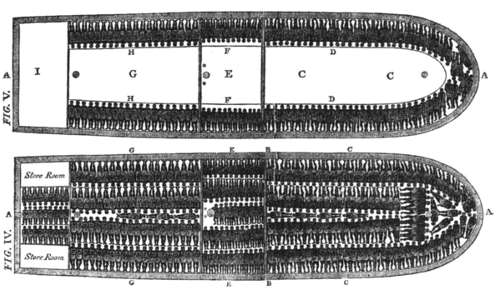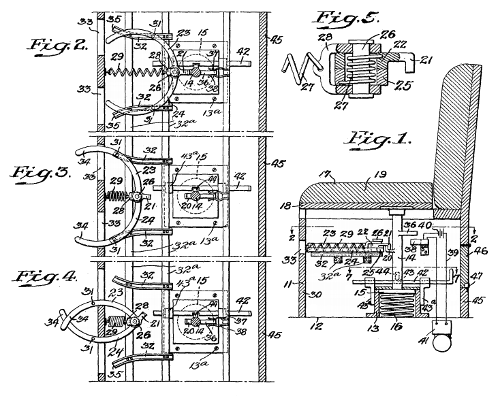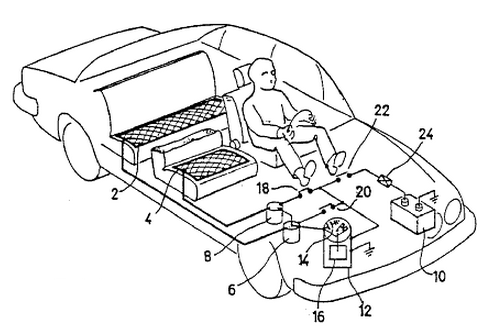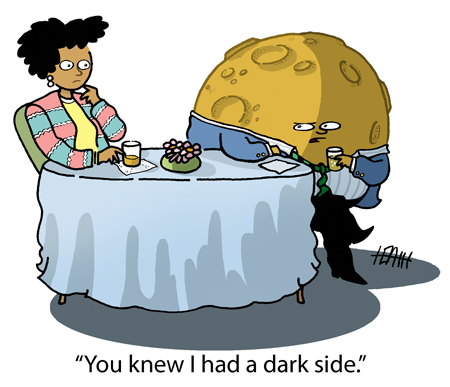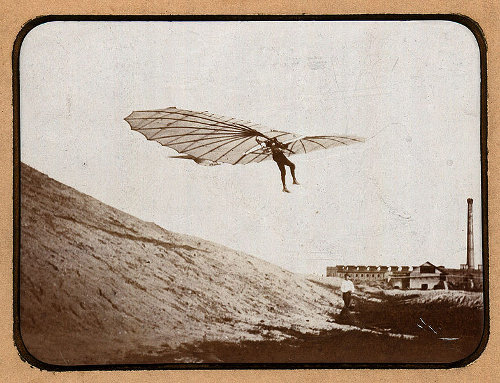Unfortunate newspaper headlines collected by readers of the Columbia Journalism Review:
READER IS UPSET OVER DOG EATING FILIPINOS (The Wayne County Outlook, Monticello, Ky., Feb. 25, 1982)
MORE OF US WILL LIVE TO BE CENTURIONS (The Times Reporter, Dover-New Philadelphia, Ohio, Feb. 11, 1987)
POLICE BRUTALITY POSTPONED (The Mishawaka, Ind., Enterprise, Oct. 1, 1981)
DESPITE OUR BEST EFFORTS, BLACK EMPLOYMENT IS STILL RISING (The Evening Times, West Palm Beach, Fla., Oct. 3, 1980)
BRITISH LEFT WAFFLES ON FALKLANDS (Guardian, April 28, 1982)
FRIED CHICKEN COOKED IN MICROWAVE WINS TRIP (The Oregonian, July 8, 1981)
CROWDS RUSHING TO SEE POPE TRAMPLE 6 TO DEATH (Journal Star, Peoria, Ill., July 9, 1980)
HERE’S HOW YOU CAN LICK DOBERMAN’S LEG SORES (Reading Eagle, May 23, 1982)
EYE DROPS OFF SHELVES (Tri-City Herald, Pasco, Wash., Aug. 5, 1982)
PESTICIDE CONCERNS BLOSSOM (Williamsport, Pa., Sun-Gazette, May 21, 1985)
PRINCE ANDREW TAKES KOO PEASANT HUNTING IN SCOTLAND (The Atlanta Journal and Constitution, Nov. 28, 1982)
In February 1986 the Durham, N.C., Sun reported that contributions to Duke University’s Fuqua School of Business had increased by 120 percent in the previous year. It chose the headline FUQUA SCHOOL GIVING UP.

